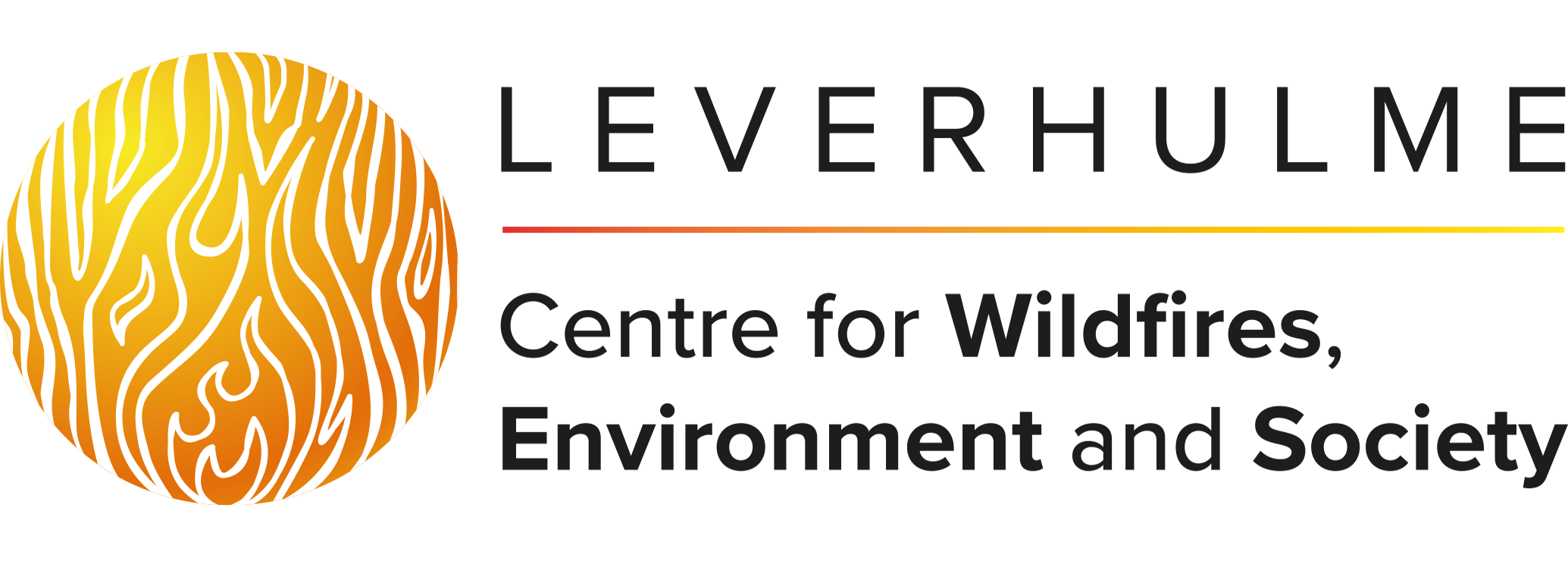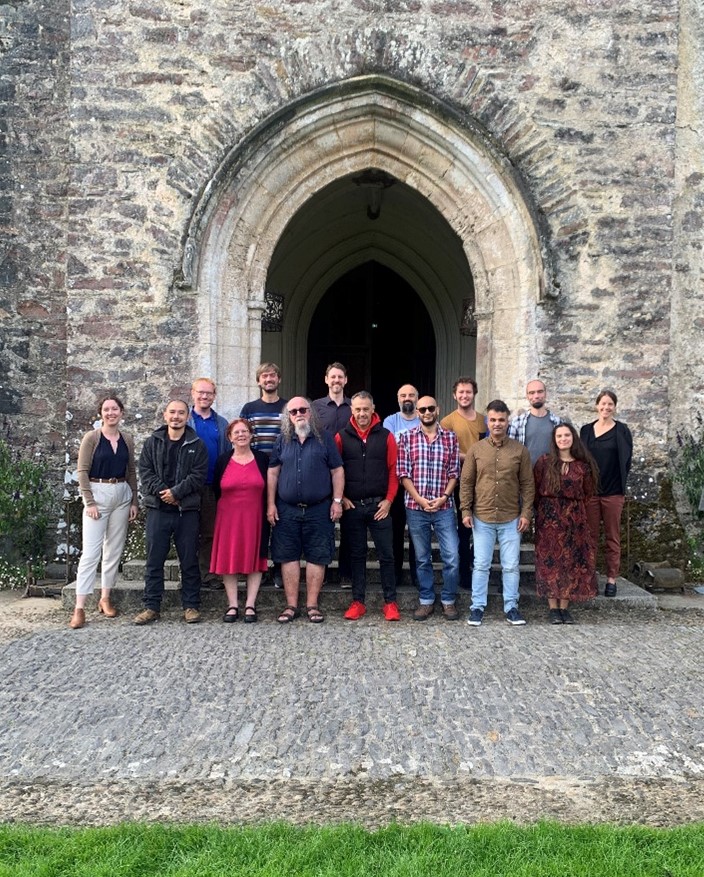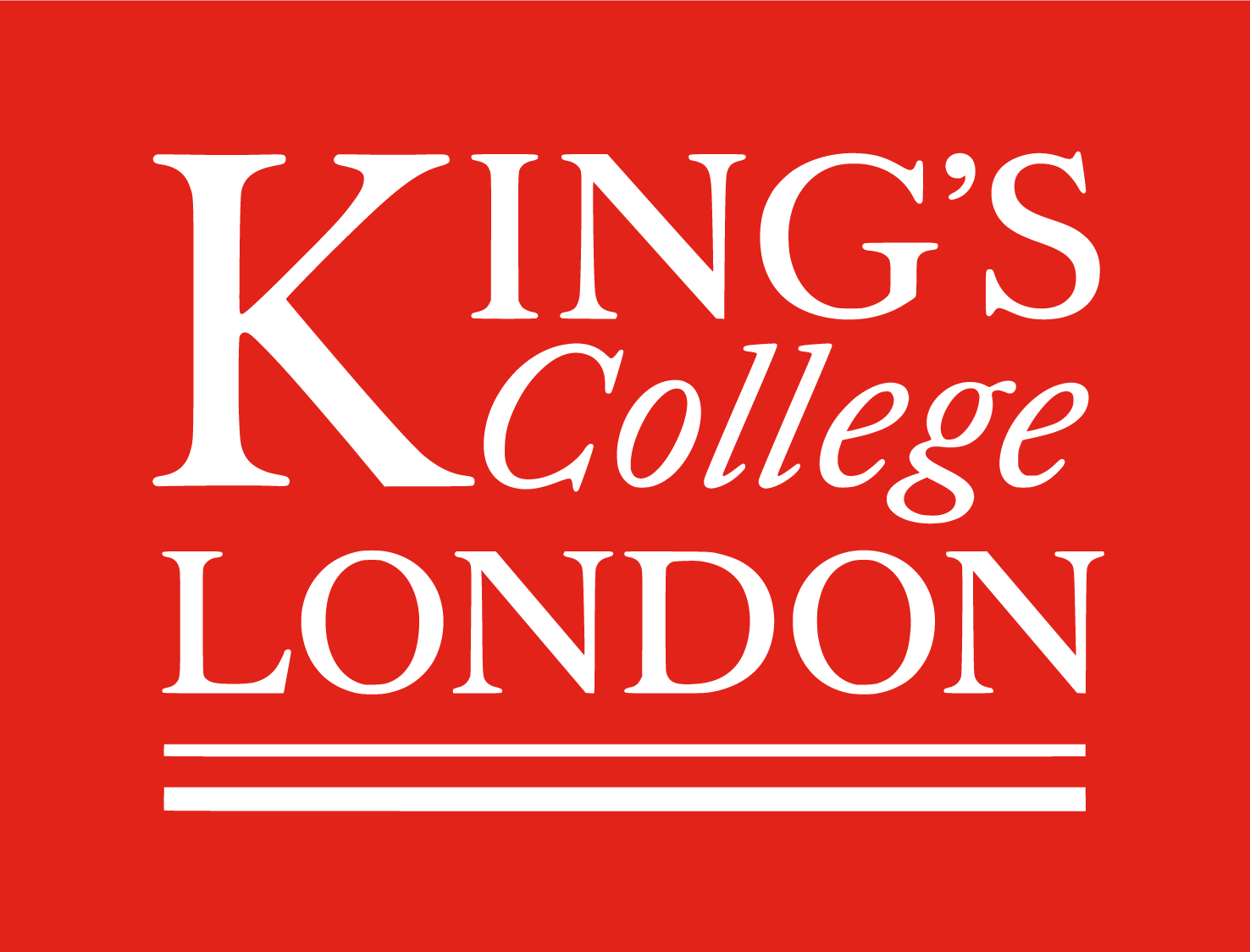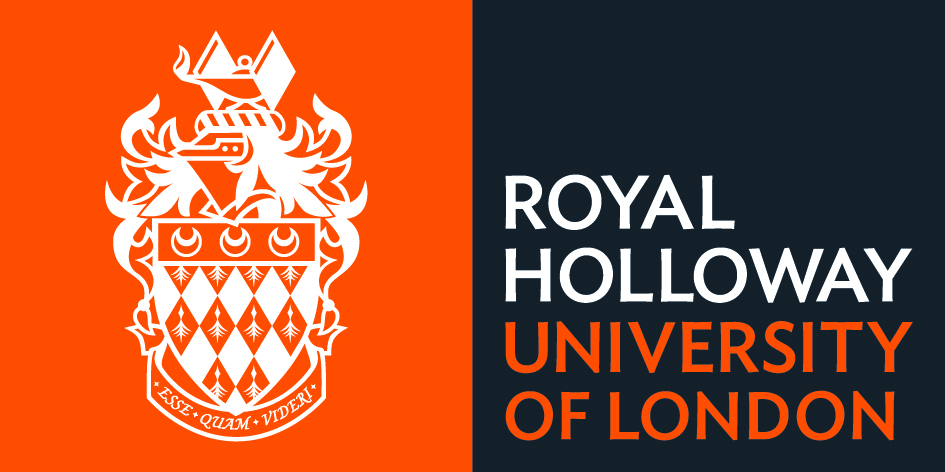On the 16th of September the Leverhulme Centre for Wildfires, Environment and Society hosted a number of international visitors at Dartington Hall in Devon, for a brainstorming session on global fire modelling. The brainstorming session brought together a number of scientists with expertise ranging from machine learning and remote sensing to plant response to drought. The aim of the meeting was to address the question, ‘What does the next generation of fire models look like?’, focusing particularly on fire-vegetation interactions, including the impacts of management.
Presentations from the attendees highlighted not only the diverse set of knowledge the group possessed, but also the wide range of data and capabilities that could help assist in building a new fire model.
The presentations were opened by Sandy Harrison, one of the event organisers, to introduce us to the current state of fire models, their benefits, and shortfalls. Some highlights from day one included Stijn Hantson’s overview of FireMIP and Simon Bowring’s presentation which provided a sneak preview of the implementation of edge effects in models. The first day was then concluded by Colin Prentice, the Leverhulme Centre Director, who provided insights on how we might create an eco-evolutionary optimality theory-based fire model.
The discussions on day two turned to brainstorming how we might, or if we should, include management, peatlands, crown fires and leaf traits in our models. Subsequently, this resulted in the identification of areas requiring further exploration. For example, including the impacts of grazers on flammability globally and testing alternate hypotheses around grazing impacts. Finally, the group tried to address how elements such as the stochastic nature of fire could be incorporated into the model.
“Opportunities for brainstorming between scientists seem to be becoming increasingly rare. This meeting provided a space for researchers interested in improving our understanding and modelling of wildfires globally to come together in the same room and just let ideas flow” Dr Olivia Haas, University of Reading
The group are looking forward to continuing to drive developments in the fire modelling research space. The consortium will be focusing on continued data exploration, questions regarding scaling up and down models, and new modelling approaches.
Dartington Hall was the backdrop to this meeting, providing a peaceful place to contemplate and develop ideas. Dartington Hall is renowned for hosting a number of artists and free-thinkers throughout history. This includes artists such as Henry Moore, authors like H.G. Wells, and composers such as Igor Stravinsky. The grounds include heritage listed gardens, a 1500 year-old yew tree, and a piece of art by Moore himself. All of this creative and free-thinking history set the perfect scene for our brainstorming session. Some insightful ideas have come out of this meeting and the group looks forward to meeting again in a year’s time to continue to address these research questions
Photo: The group at Dartington Hall. Backrow from left to right: Matthias Forkel (TU Dresden), Stijn Hantson (Universidad del Rosario), Matt Forrest (Senckenberg), Jose Gomez-Dans (King’s College London, LCWES), Sander Veraverbeke (Vrije Universitet), Nuno Carvalhais (MPI-Jena), Turin Dickman (Los Alamos National Laboratory). Front row left to right: Sophia Cain (University of Reading, LCWES), Simon Bowring (LSCE Paris), Sandy Harrison (University of Reading, LCWES), Colin Prentice (Imperial College London, LCWES), Florent Mouillot (IRD Montpellier), David Sandoval (Imperial College London, LCWES), Dharma Sapkota (Imperial College London, LCWES), Olivia Haas (University of Reading, LCWES).
Written by Sophia Cain, Project Administrator and Data Scientist, University of Reading
Workshop organised by Sandy Harrison, Colin Prentice, Olivia Haas and Adriana Ford, funded by the Leverhulme Centre for Wildfires, Environment and Society






